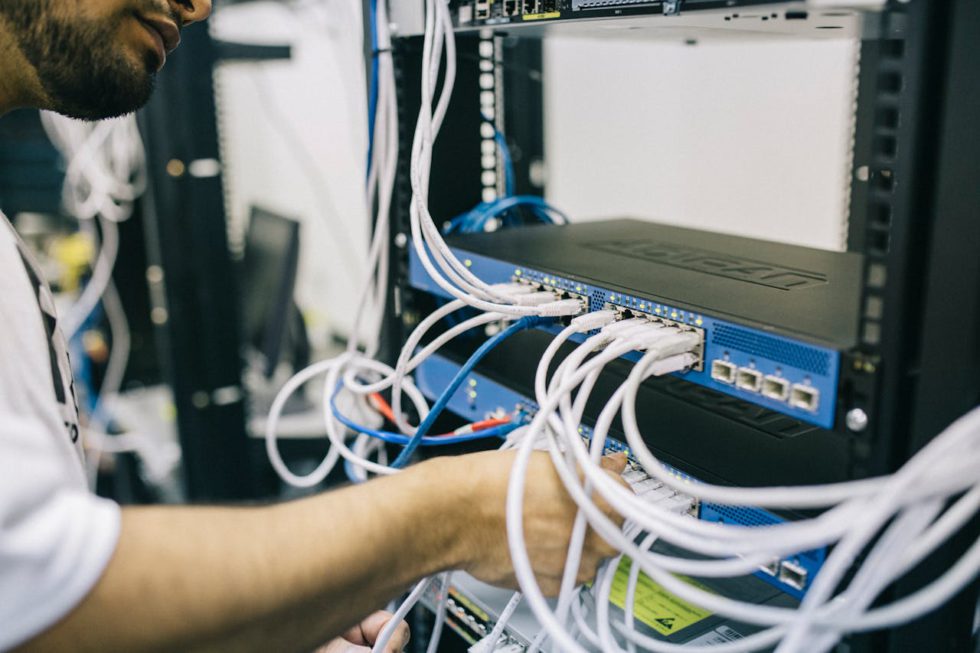Prepare Home for NBN Cable Installation

In today’s digitally connected world, having a reliable internet connection is essential, and for many Australian homes, this means setting up the National Broadband Network (NBN). The NBN delivers faster, more stable internet across the country, but before you can take advantage of it, you’ll need to prepare your home for NBN cable installation. Whether you’re moving into a new property or upgrading your existing connection, it’s essential to understand the process and requirements to ensure a smooth installation. In this article, we’ll walk you through how to prepare your home for NBN lead-in cable installation and essential tips to ensure everything goes as planned.
What is NBN Cable Installation?
Before diving into the preparation process, it’s essential to understand what NBN cable installation involves. NBN uses various types of infrastructure to provide internet services to homes, including fibre-optic cables, copper wiring, and satellite connections. For most properties, the critical element is the NBN lead-in cable installation, which involves running a physical cable from the street (or a nearby network distribution point) into your home.
This lead-in cable is essential for delivering internet service, and its installation is often one of the most complex and time-consuming steps. Depending on the type of NBN connection you’re getting (such as Fibre to the Premises, Fibre to the Node, or Hybrid Fibre Coaxial), the process may vary slightly, but the core steps remain the same.
Step-by-Step Guide to Prepare for NBN Cable Installation
1. Check NBN Availability
You can check this by visiting the official NBN Co website and entering your address in the availability checker. This tool will tell you whether your property is ready to connect and, if so, which type of NBN technology is available. Understanding this will give you a clearer picture of the specific NBN lead-in cable installation process your home may require.
2. Determine Installation Requirements
Once you’ve confirmed availability, it’s essential to understand the requirements for your specific property. Different types of NBN connections, such as Fibre to the Premises (FTTP) or Fibre to the Node (FTTN), will require varying installation work.
– FTTP: For homes with Fibre to the Premises, the lead-in cable is a fibre-optic line that runs directly from the street to your property. This often requires digging or installing conduits to lay the cable underground.
FTTN: In fibre-to-the-node connections, your home is connected to a nearby node via copper wiring, but you may still require NBN cable installation to connect your house to the existing network.
In most cases, NBN technicians will handle the more technical aspects, but you may need to prepare certain areas of your property for installation.

3. Clear Access to Installation Areas
NBN installation often requires technicians to access your home’s exterior and interior. It’s essential to ensure they have clear, unobstructed access to the following areas:
– The lead-in path: This is where the NBN lead-in cable will be run from the street to your property. Be sure to plan accordingly to avoid any inconvenience during the installation.
– Utility boxes or pits: If your property has underground cabling, ensure that any pits or utility boxes are accessible and clear of debris. Technicians may need to inspect or work on these areas during installation. Move any furniture or objects near this area out of the way to make it easy for them to access.
4. Install Conduits if Necessary
For homes that require a more complex NBN lead-in cable installation, you may be asked to install conduits—pipes that house the cable and protect it as it’s routed from the street into your home. This is particularly common when the lead-in path involves a long distance or needs to go underground.
If your property already has conduits, you must ensure they are in good condition and free from blockages. If you don’t have conduits, your NBN technician may recommend installing them before the installation date, especially if the lead-in path is not easily accessible. This can be done by hiring a professional contractor or following DIY guidelines provided by the NBN.
5. Schedule the Installation
Once your home is prepared, the next step is to schedule the NBN cable installation with your chosen internet service provider (ISP). Depending on the type of connection and the complexity of the installation, it can take anywhere from a few days to a few weeks to complete.
When scheduling the appointment, confirm with your ISP what is required from your side on the installation day. You may need to be at home to grant the technician access to your property’s exterior and interior areas.
6. Test the Connection
After the NBN lead-in cable installation is complete, the final step is to test the connection. Once the NBN connection box is installed and the cabling is complete, the technician will typically perform a test to ensure everything works properly.
You’ll also want to check your home’s internet speeds and connectivity. If you experience any issues, notify your ISP immediately so they can address the problem.
Additional Tips for a Smooth Installation Process
Coordinate with your neighbour: If you live in a shared building or townhouse complex, coordinate with your neighbours or the corporate body to ensure the shared areas are prepared for the installation.
– Plan for power outages: The installation process may sometimes require power interruptions.
– Ask questions: Don’t hesitate to ask your technician questions about the installation process or maintaining your new connection. Understanding how the system works will help you troubleshoot any future issues.
Preparing your home for NBN cable installation is essential to ensure a smooth and efficient connection to the national broadband network. By understanding the installation process, clearing access paths, and ensuring your property meets the technical requirements, you’ll be well on your way to enjoying faster, more reliable internet.
These simple steps to prepare for the NBN lead-in cable installation will help minimize delays, save time, and ensure you have the best experience possible with your new NBN connection.

